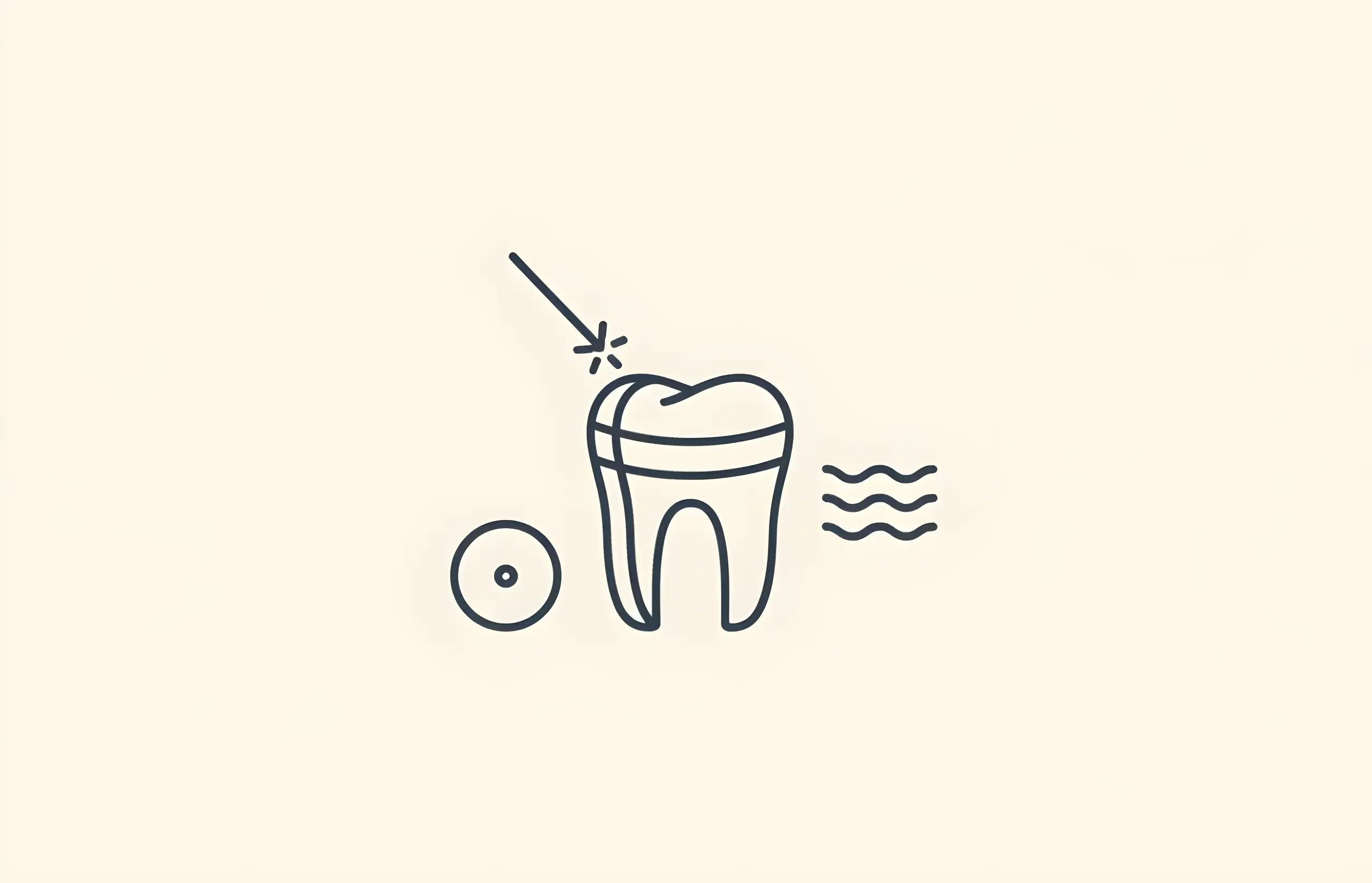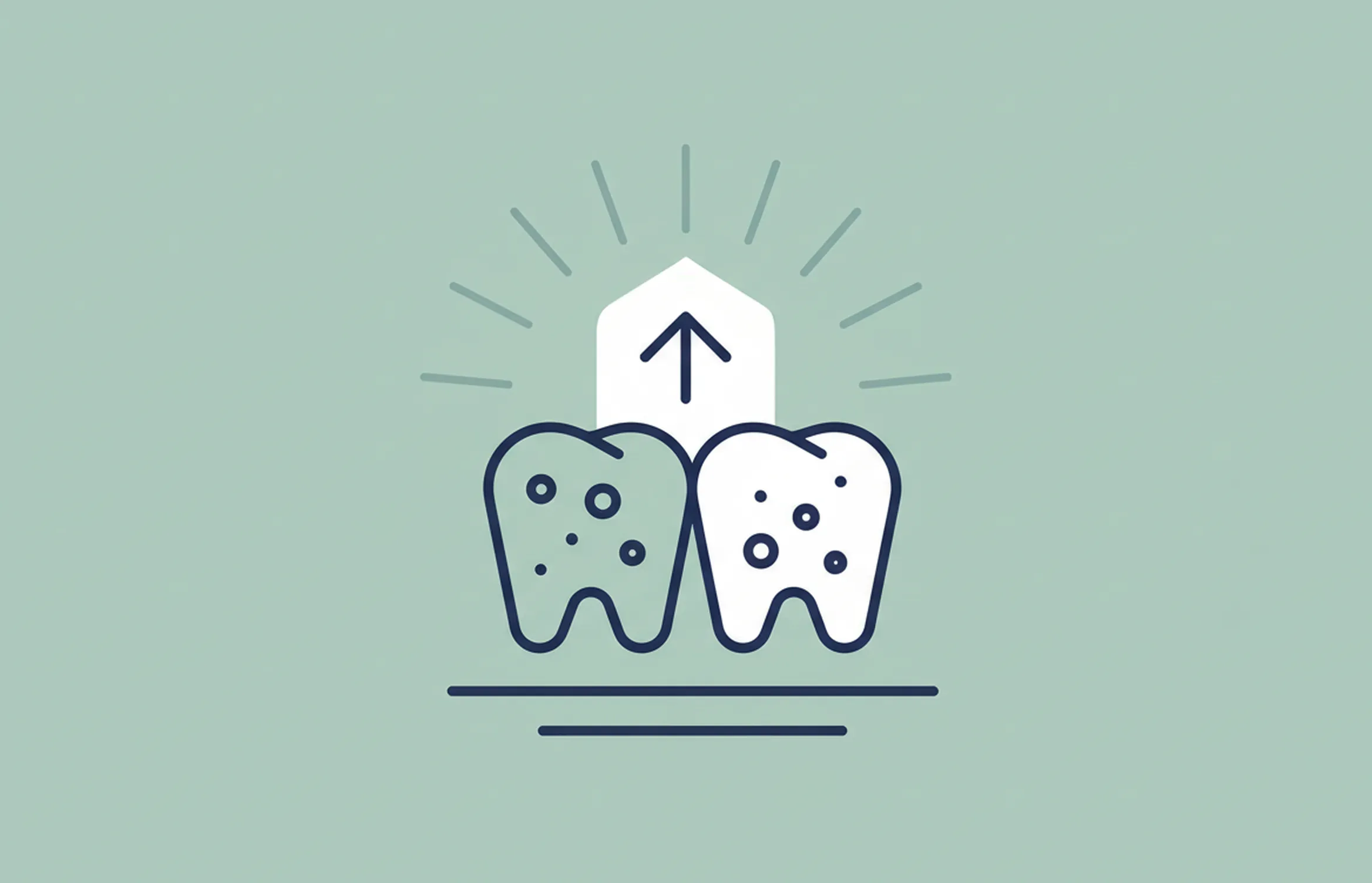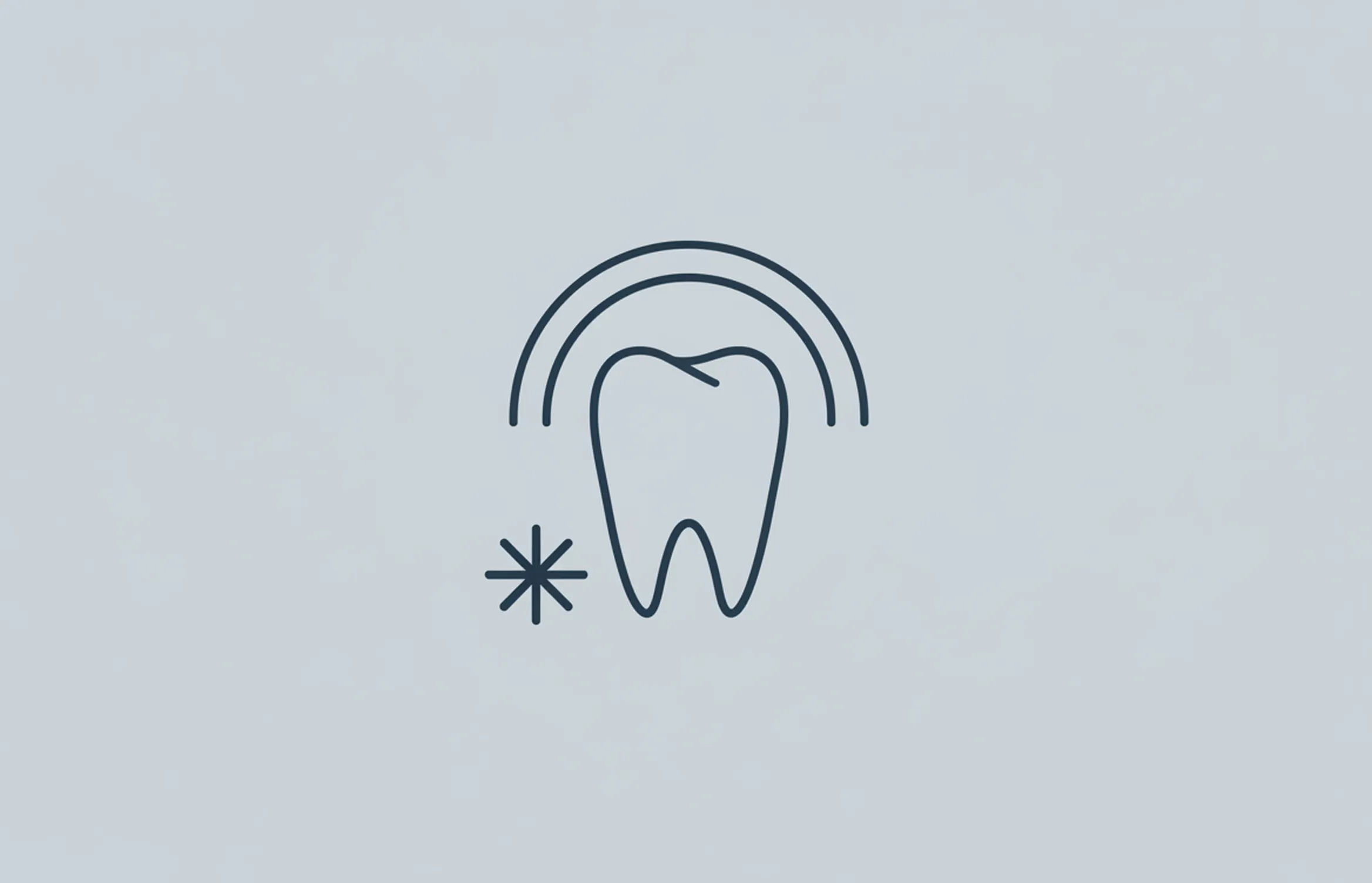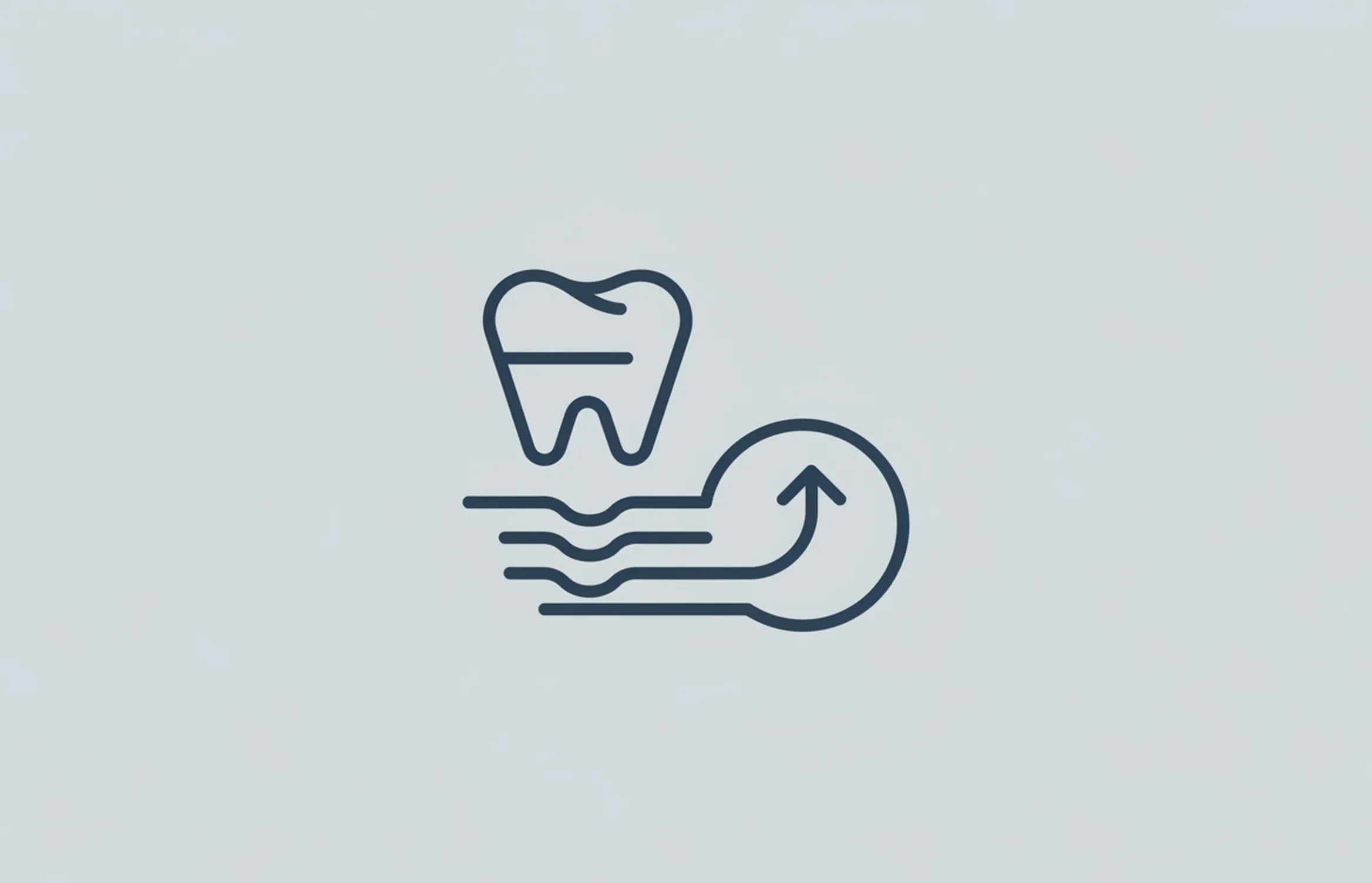We all want to have whiter and brighter teeth. In fact, studies have shown that 18 per cent of the population actually tends to hide their smile during social events and photographs due to the stains that are present. There are many different ways to restore the allure of our smile and many of these involve gels, at-home treatments and office-related procedures.
One of the most overlooked areas that we should address centres around whitening mouthwashes. Not all formulas are created equally and there are some factors to consider. Let us go ahead and take a look at how to determine what makes an effective whitening mouthwash for your needs.
The Active Ingredient
Nearly every whitening mouthwash on the market contains a chemical known as hydrogen peroxide. This is the primary bleaching agent that will help to remove those pesky stains from the surface of your teeth. However, the compound is diluted enough so that it will rarely cause pain to sensitive gums. This is not always the case with more powerful treatments such as professional bleaching.
Research shows that over-the-counter whitening mouthwashes typically contain hydrogen peroxide at concentrations of 1.5-4%. Clinical studies demonstrate that these low concentrations are safe for daily use—studies using 3% hydrogen peroxide or less daily for up to 6 years showed only occasional transitory irritant effects in a small number of subjects with pre-existing ulceration.
The hydrogen peroxide works by releasing free radicals that attack and break apart the chromophore bonds responsible for tooth staining. While effective, research indicates that the color change achieved with mouthwashes is significantly lower than that achieved with 10% carbamide peroxide at-home bleaching gels.
Before we move ahead, there are two important points to make clear. When you begin to use this type of mouthwash, visit the dentist to make certain that you do not have any cavities. The hydrogen peroxide could actually make them worse by penetrating through damaged enamel. Secondly, this mouthwash should not be used by children who are less than 12 years old.
Understanding Whitening Efficacy
Scientific research provides important insights about what to expect from whitening mouthwashes. A 2025 randomized controlled clinical trial comparing peroxide-based mouthrinse (2.5% hydrogen peroxide) to conventional whitening gel found several key findings:
Treatment Duration: Significant visual color alteration was detected after 60 days of twice-daily use compared with placebo mouthrinse. While color changes exceeding perceptibility thresholds occurred after just 14 days, visual assessment using shade guides only detected changes after the longer 60-day period.
Efficacy Comparison: The whitening result obtained with conventional carbamide peroxide gel treatment was more pronounced than mouthrinse. However, the mouthrinse still provided effective whitening as an alternative treatment.
Safety Profile: Very low intensity of tooth sensitivity was found for whitening mouthwash, with no gingival irritation detected. After 2 years, no color rebound was observed, demonstrating sustained results.
Usage Protocol: Treatment was performed twice daily for 30 seconds over 90 days, significantly longer than gel-based treatments but more convenient for many users.
A 2015 study comparing three different hydrogen peroxide mouthwashes found no statistically significant differences among brands regarding color change after 56 days, suggesting that hydrogen peroxide concentration matters more than specific brand formulations.
Key Selection Factors
When choosing a whitening mouthwash, research suggests focusing on these evidence-based factors:
Hydrogen Peroxide Concentration
Look for products containing 1.5-2.5% hydrogen peroxide. This concentration range has demonstrated effectiveness in clinical trials while maintaining safety for daily use. Higher concentrations may increase whitening speed but also raise the risk of tooth sensitivity and enamel damage.
Research shows that hydrogen peroxide at 30% with prolonged use can reduce microhardness of enamel and dentin by reducing calcium and phosphorus ratios, leading to demineralization. Over-the-counter concentrations (1.5-4%) avoid these risks when used as directed.
Realistic Expectations
Understand that whitening mouthwashes provide modest, gradual results compared to professional treatments. They work best for:
- Maintaining results from professional whitening
- Preventing new stain accumulation
- Mild discoloration from surface stains
- Gradual whitening over 2-3 months
They are less effective for:
- Intrinsic staining (from within the tooth)
- Severe discoloration
- Rapid whitening needs
- Deep-set stains requiring professional treatment
Safety Considerations
Research emphasizes several safety factors:
Pre-existing Conditions: Hydrogen peroxide is a highly reactive substance that can damage oral soft tissues and hard tissues when present in high concentrations or with prolonged exposure. Consult your dentist if you have:
- Active cavities or untreated decay
- Gum disease or oral ulceration
- Severe tooth sensitivity
- Recent dental work
Proper Usage: Follow manufacturer instructions precisely. Low concentrations of hydrogen peroxide used daily over extended periods have good evidence for safety in self-administered oral health care products. These low concentrations neither damage oral hard or soft tissues nor pose significant risk of adverse long-term effects when used correctly.
Regular Dental Check-ups: Maintain regular dental visits to monitor oral health and ensure whitening products aren't masking underlying dental problems.
The Amount of Time Required
Research provides clear guidance on treatment duration expectations. Clinical trials show that whitening mouthwashes require consistent use over extended periods:
- 14 days: Color changes exceed perceptibility thresholds (measurable but may not be visually obvious)
- 60 days: Visual color changes become detectable with shade guide assessment
- 90 days: Optimal whitening effects achieved with twice-daily 30-second rinses
- 2 years+: Results maintained with continued use, no color rebound observed
This extended timeline differs significantly from professional treatments or at-home gels, which produce more dramatic results in shorter periods. The trade-off is convenience—simply rinsing twice daily as part of your regular oral hygiene routine versus applying gels with trays.
Comparing Whitening Options
Research comparing over-the-counter whitening products provides perspective on where mouthwashes fit:
Whitening Strips: The most effective OTC option in the majority of studies, primarily due to increased contact time and higher peroxide concentrations (5.5-6.5% hydrogen peroxide). Represent the only OTC category demonstrating genuine bleaching capability.
Whitening Toothpastes: Contain abrasives designed to mechanically remove extrinsic stains rather than achieve true bleaching. May increase enamel roughness with prolonged use. Blue Covarine dyes create optical illusions of whiteness but lack sustained effectiveness.
Whitening Mouthwashes: Provide modest but sustained whitening through hydrogen peroxide (1.5-4%). Less effective than strips or gels but offer convenience and are safe for long-term use. Best suited for maintenance or gradual whitening.
Professional Gel Treatments (10% Carbamide Peroxide): Most effective at-home option, producing significantly greater color changes than mouthwashes. Require more commitment with tray application but deliver superior results.
Making Your Decision
Finding the best whitening mouthwash involves understanding your specific needs and matching them to product capabilities:
Choose whitening mouthwash if you:
- Want gradual whitening without special procedures
- Are maintaining professional whitening results
- Have mild surface staining
- Prefer convenience of rinsing during normal routine
- Have sensitive teeth requiring gentle whitening
Consider other options if you:
- Need rapid whitening for an upcoming event
- Have severe or intrinsic discoloration
- Want maximum whitening effectiveness
- Don't mind more involved treatment protocols
Remember that while research shows whitening mouthwashes are effective and safe for appropriate candidates, they work best as part of comprehensive oral care rather than standalone solutions. Regular brushing, flossing, professional cleanings, and dental check-ups remain essential for optimal oral health and sustained whitening results.
The key to success with whitening mouthwash is consistency—twice daily use for at least 60-90 days while maintaining realistic expectations about the gradual nature of results. When selected appropriately and used correctly, hydrogen peroxide-containing mouthwashes provide a safe, convenient option for enhancing your smile's brightness.
Sources and References
-
[1]
Efficacy of Mouthwashes Containing Hydrogen Peroxide on Tooth WhiteningThe Scientific World Journalhttps://pmc.ncbi.nlm.nih.gov/articles/PMC4534617/
-
[2]
Efficacy and safety of peroxide-based mouthrinse on whitening treatment: A randomized controlled clinical trialJournal of Dentistryhttps://pubmed.ncbi.nlm.nih.gov/39864613/
-
[3]
Effectiveness and Adverse Effects of Over-the-Counter Whitening Products on Dental TissuesFrontiers in Dental Medicinehttps://www.frontiersin.org/journals/dental-medicine/articles/10.3389/fdmed.2021.687507/full
-
[4]
A Critical Review of Modern Concepts for Teeth WhiteningDentistry Journalhttps://pmc.ncbi.nlm.nih.gov/articles/PMC6784469/
All sources accessed and verified on . Medical information reviewed for accuracy and compliance with current guidelines.
Related Articles

A Guide to Laser Teeth Whitening
Comprehensive information about laser teeth whitening including benefits, procedure details, costs, and effectiveness of this professional cosmetic dental treatment

Do Whitening Strips Work?
Evidence-based guide to teeth whitening strips effectiveness including clinical trial results, comparison with professional treatments, safety profile, tooth sensitivity rates, and how to achieve optimal results

Does Teeth Whitening Work?
Comprehensive guide to teeth whitening effectiveness, clinical evidence comparing hydrogen peroxide vs carbamide peroxide, sensitivity rates (43-80%, 100% with 35% in-office), whitening methods (professional, at-home, strips, toothpaste achieving 1-2 shades), LED light efficacy, and safety outcomes

How Long Does It Take For Baking Soda To Whiten Teeth?
A guide to using baking soda for teeth whitening at home, including methods, timeframes, safety considerations, and effectiveness

How to Whiten Teeth with Braces
Guide to teeth whitening options during orthodontic treatment, including in-office treatments, at-home whitening kits, and whitening toothpastes

A Guide to Hydrogen Peroxide Teeth Whitening
Comprehensive information about using hydrogen peroxide for teeth whitening, including safety, effectiveness, proper usage methods, and professional vs. at-home treatments

How Much Does KoR Teeth Whitening Cost?
Comprehensive guide to KoR Whitening system including mechanism, custom trays, peroxide gel refrigeration, desensitizing agents, pros and cons, typical costs (£450-£700), and comparison with alternative whitening systems

Natural Ways to Whiten Your Teeth
Explore natural teeth whitening methods including brushing, coconut oil pulling, baking soda with peroxide, and their effectiveness based on scientific evidence

Teeth Whitening Cost and Information
Comprehensive guide to professional and at-home teeth whitening options, comparing costs (£10-£1500), effectiveness, safety, and treatment methods including laser whitening, bleaching gels, and whitening strips
Zoom Teeth Whitening Costs & Reviews
Professional Light-Activated Whitening Analysis (15-78% Experience Sensitivity, Conflicting Efficacy Evidence)
About The Dental Guide
The Dental Guide is a trusted online resource providing evidence-based information about dental health, treatments, and procedures. Our content is created and reviewed by qualified dental professionals to help you make informed decisions about your oral health.
Our Mission
- Evidence-based dental information
- Expert-reviewed content
- Clear, accessible explanations
- Latest treatment options
- Patient-focused guidance
Editorial Standards
- GDC-registered dental professionals
- Peer-reviewed sources
- Regular content updates
- Medical accuracy verification
- Transparent authorship
Important Notice
The information on The Dental Guide is for educational purposes only and should not replace professional dental advice. Always consult with a qualified dentist for diagnosis and treatment recommendations tailored to your individual needs and circumstances.
Medically Reviewed
Reviewed by Dr. Nasim Mechoui , BDS (Bristol)
Share this article
Comments & Discussion
Have questions about dental implants? Share your thoughts or experiences.
